SMS verification
>New phones will be automatically registered after verification
I have read then《xxx》user agreement
>New phones will be automatically registered after verification
I have read then《xxx》user agreement
soajfaposdjfoipjwiojfoijs哦i撒娇的富婆脚手架奥i圣诞节覅收到i哦阿斯顿就覅破击破发髻喷完后归热火给iungi如同ij
Wenshu Monastery
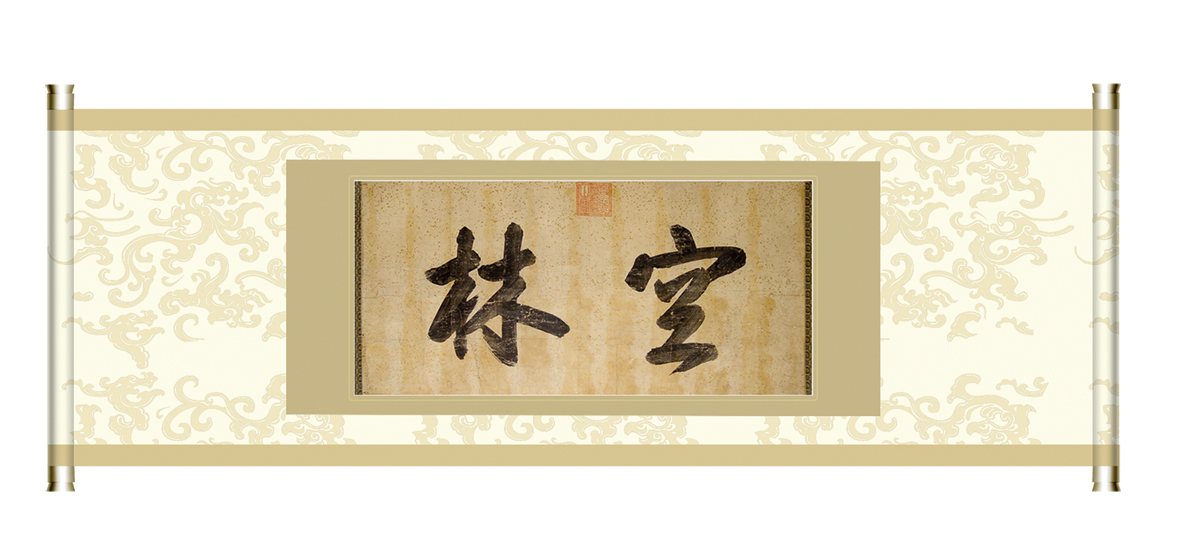
Imperial Inscription for Admiration: The original horizontal scroll of “Kong Lin” was written by Emperor Kangxi in the 41st year during Kangxi period in Qing Dynasty. A vermeil royal seal “Treasure of Imperial Calligraphy by Emperor Kangxi” is in the middle. On the left it was written “Midwinter in the Year of Horse, the 41st year of the period of Kangxi”, while on the right ”Granted by the Emperor to Monks of Sichuan Wenshu Monastery”. Therefore, Whenshu Monastery is also named as ”Kong Lin Hall”.
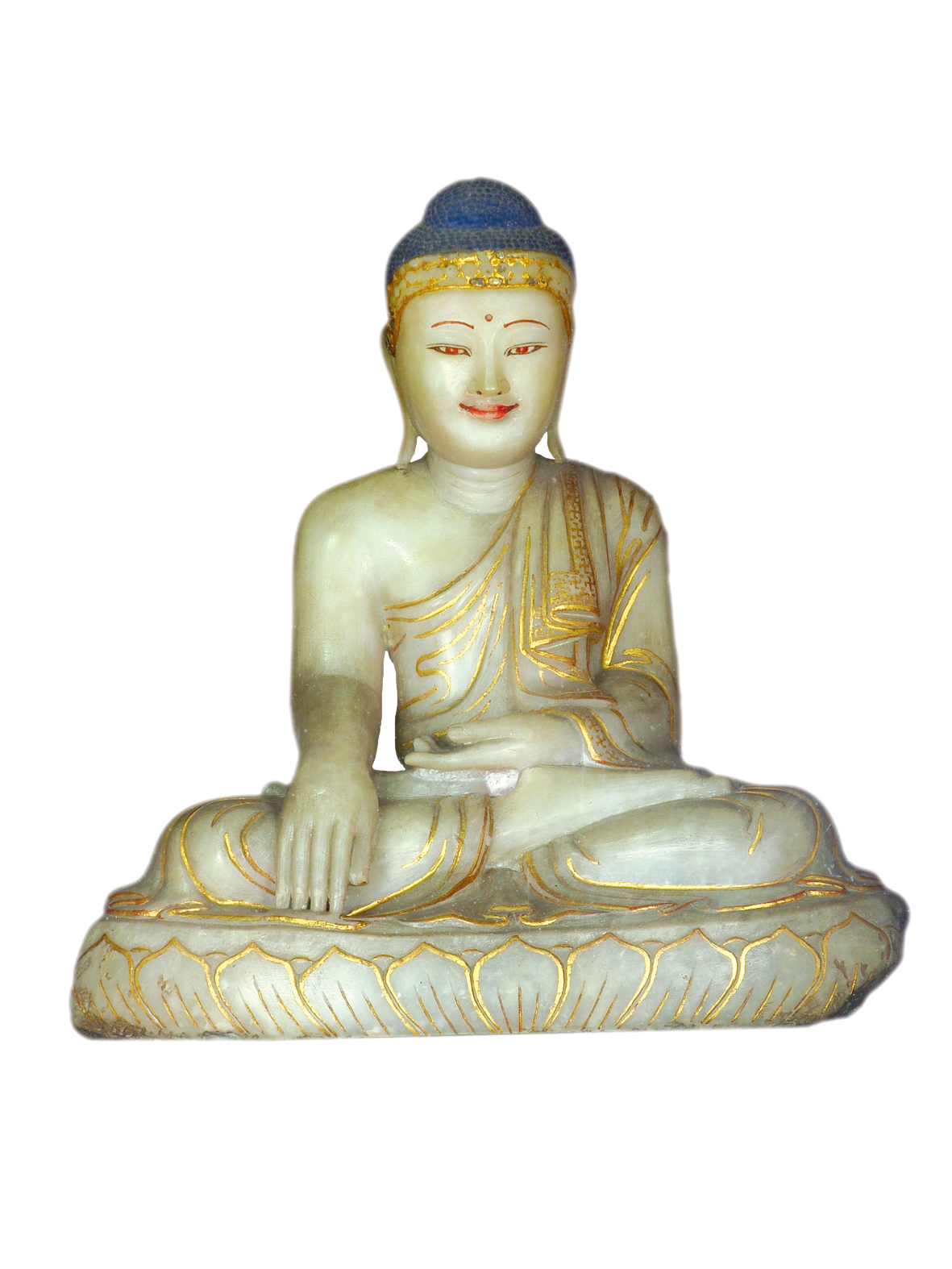
Myanmar jade niches: Enshrined in the Buddhist niches of Daxiong Palace of the temple are two Myanmar Jade Buddhas. The one on the left was escorted back from Myanmar by the monk Selin of the Academy in April 1923. The next on the right was respectfully invited and brought back from the Great Golden Pagoda of Myanmar by monk Dengyun of the Academy in 1938. The huge glass case used to shroude the niches was originally set by the Abbot Mingzheng Zonggua In 1919. It was such a rarity that all the Chengduese thronged to watch them. At that time, the route from Shanghai to Chengdu was not an easy one, with so many twists and turns. Just to mention the journey through the Three Gorges, it took half a month to transport the statues on foot from Chongqing to Chengdu.
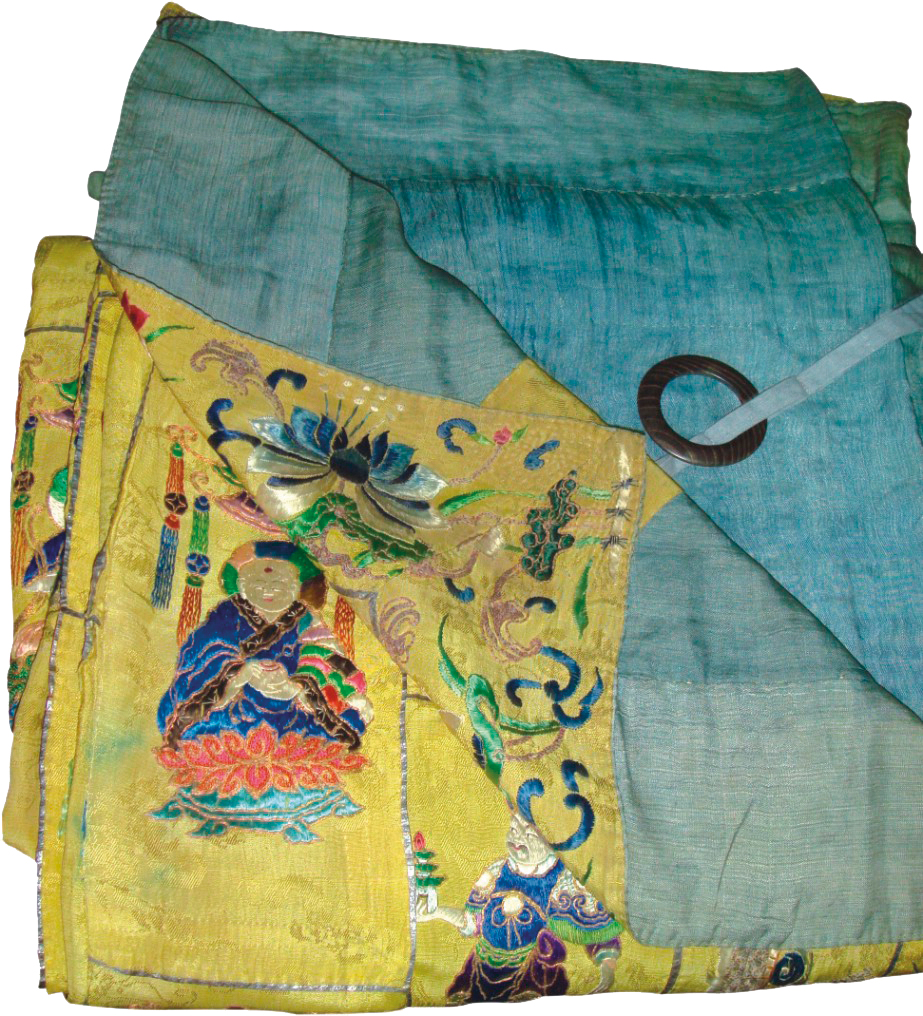
Gorgeous Garment by Mistress Tian: also called the Cassock Embroidered by the Imperial Concubine Tian of Zhu Youjian (Emperor Chongzhen in Ming Dynasty). On the satin, 248 Buddha images were embroidered by her. The cassock was originally preserved in West Yilong Monastery, for Concubine Tian was said to be a native there. In 1992, it was transferred to the Treasure Pavilion in Wenshu Monastery.
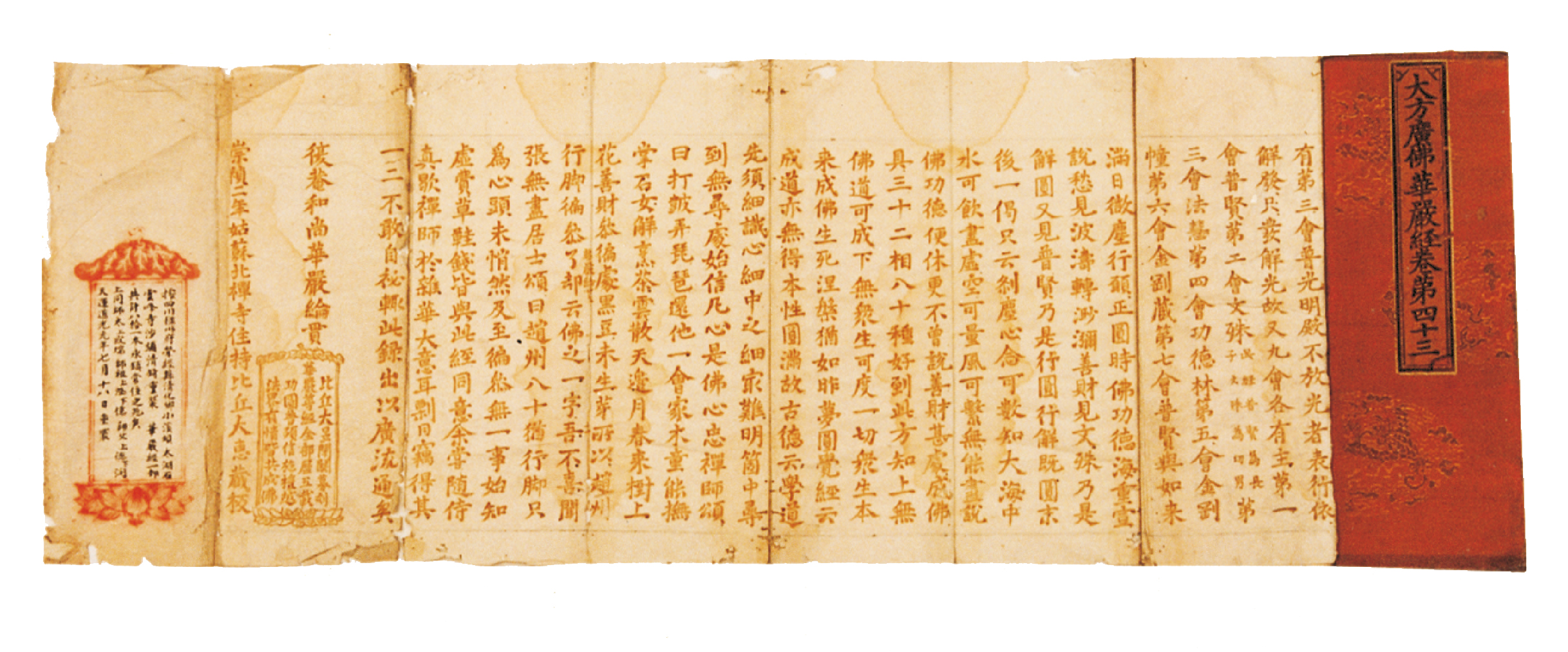
Sutras Written with Tongue Blood: There are four Buddhist Sutras written in blood in the temple. The Avatamsaka Sutra was written by Monk Shaoji during the period of Emperor Qianlong (1736-1795). The Saddharmapundarika Sutra was written by Monk Xianchong. The Lankavatara Sutra was written by Monk Kaiming. The other Saddharmapundarika Sutra was finished in the 27th year during the period of Emperor Daoguang by anonymity. These monks made their vows and stabbed their tongues to collect blood and spent a long time to write the scriptures on white papers.
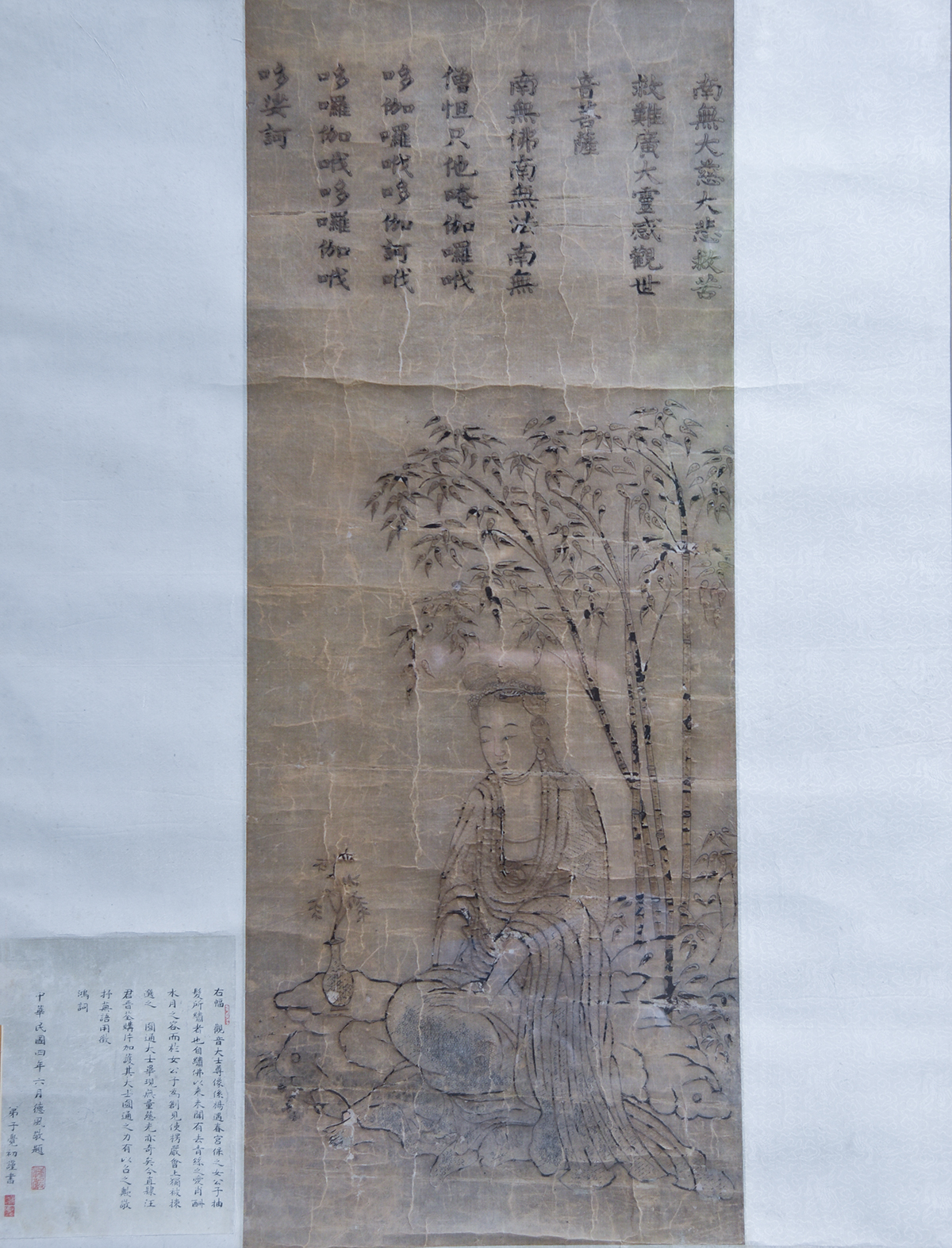
Hair-Embroidered Avalokitesvara: During the period of Emperor Jiaqing and Emperor Daoguang in Qing Dynasty (1796-1850), the daughter of Shanxi and Gansu Provincial Governor Yang Yuchun, vowed and cut her hair with a gold knife. With those hairs, she embroidered Avalokitesvara image on a 104.4 cm piece of white satin.
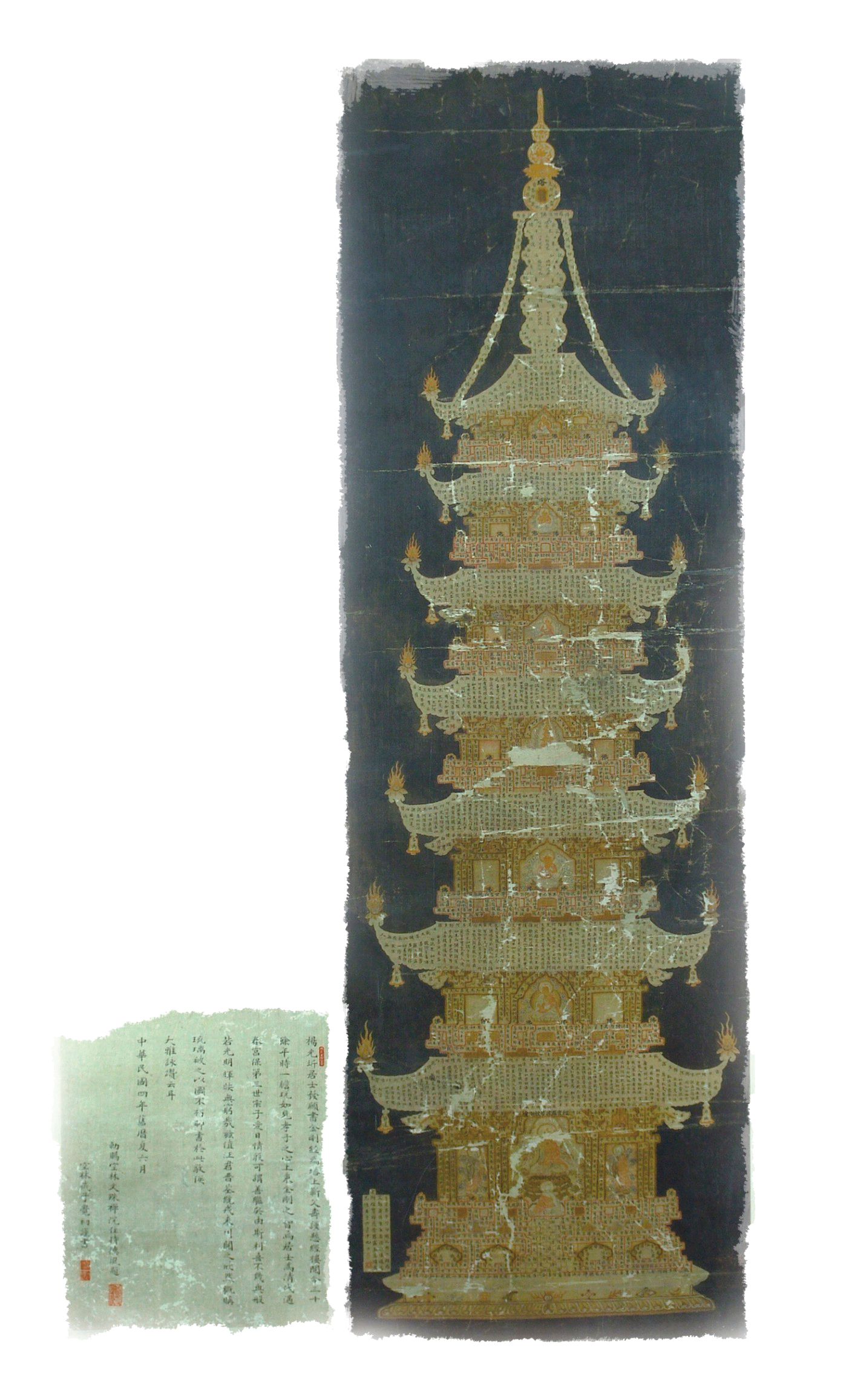
Fine Calligraphy “Diamond Sutra Pagoda”: In the 8th year during the period of Emperor Guangxu in Qing Dynasty, Yang Guangqi, the grandson of Yang Yuchun vowed and made the “Diamond Sutra Pagoda” to pray for the longevity of his father. The fine characters of the Diamond Sutra are in the shape of an exquisite pagoda. They were written on a 110 cm by 35.5 cm thin silk scroll. All sutra characters were arranged in the shape of a seven-storey pagoda which can be read in cycle forming a complete text. The only character “pagoda” was placed at the top, while a character of Buddha was drawn in each storey. The sutra was finished with 4 mm fine characters. The calligraphy features delicate design and exquisite craftsmanship with its fine and dense, but even and straight regular script.
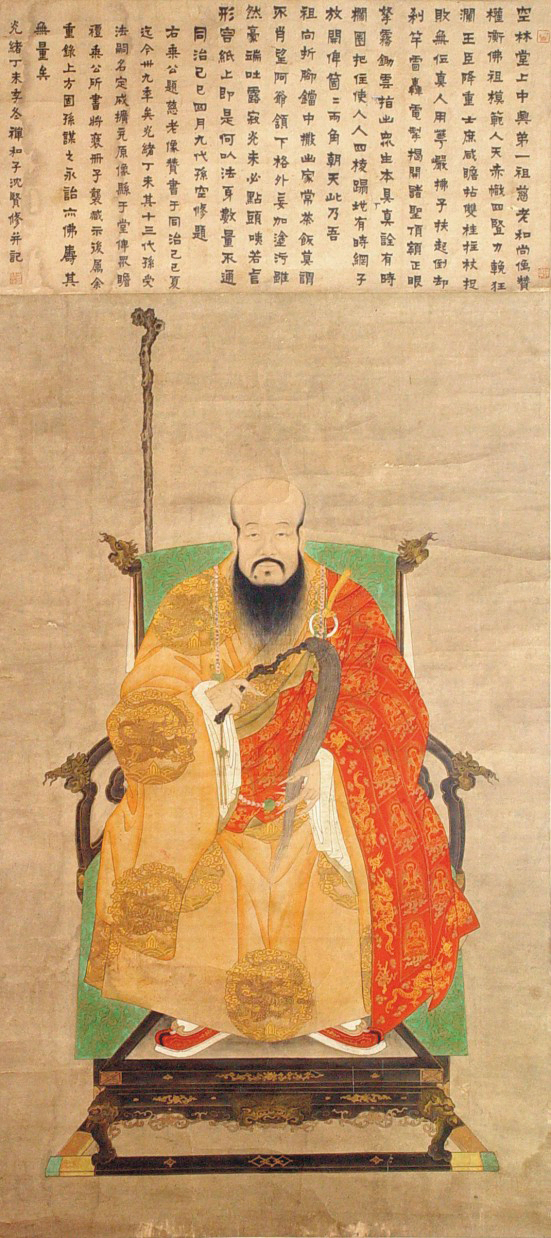
Portrait of Zen Master Cidu: The first Abbot of Chengdu Wensu Monastery is Master Cidu, also called Haiyue, a monk nobleness and integrity. On one night in the 30th year of Kangxi (1691), he sat quietly and meditated, then splendid light radiated and the image of Wenshu Bodhisattva appeared in the halo. The locals admired this merit and respected Zen Master Cidu as the incarnation of Manjusri Bodhisattva. The Officials, gentry, soldiers and civilians all donated money to rebuild the temple. At the completion, the temple’s name was changed to "Wenshu Monastery", which has been used up to now.
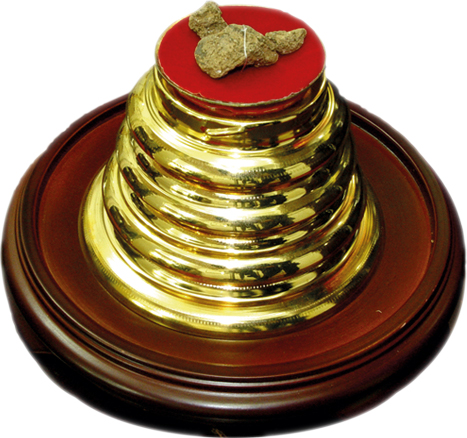
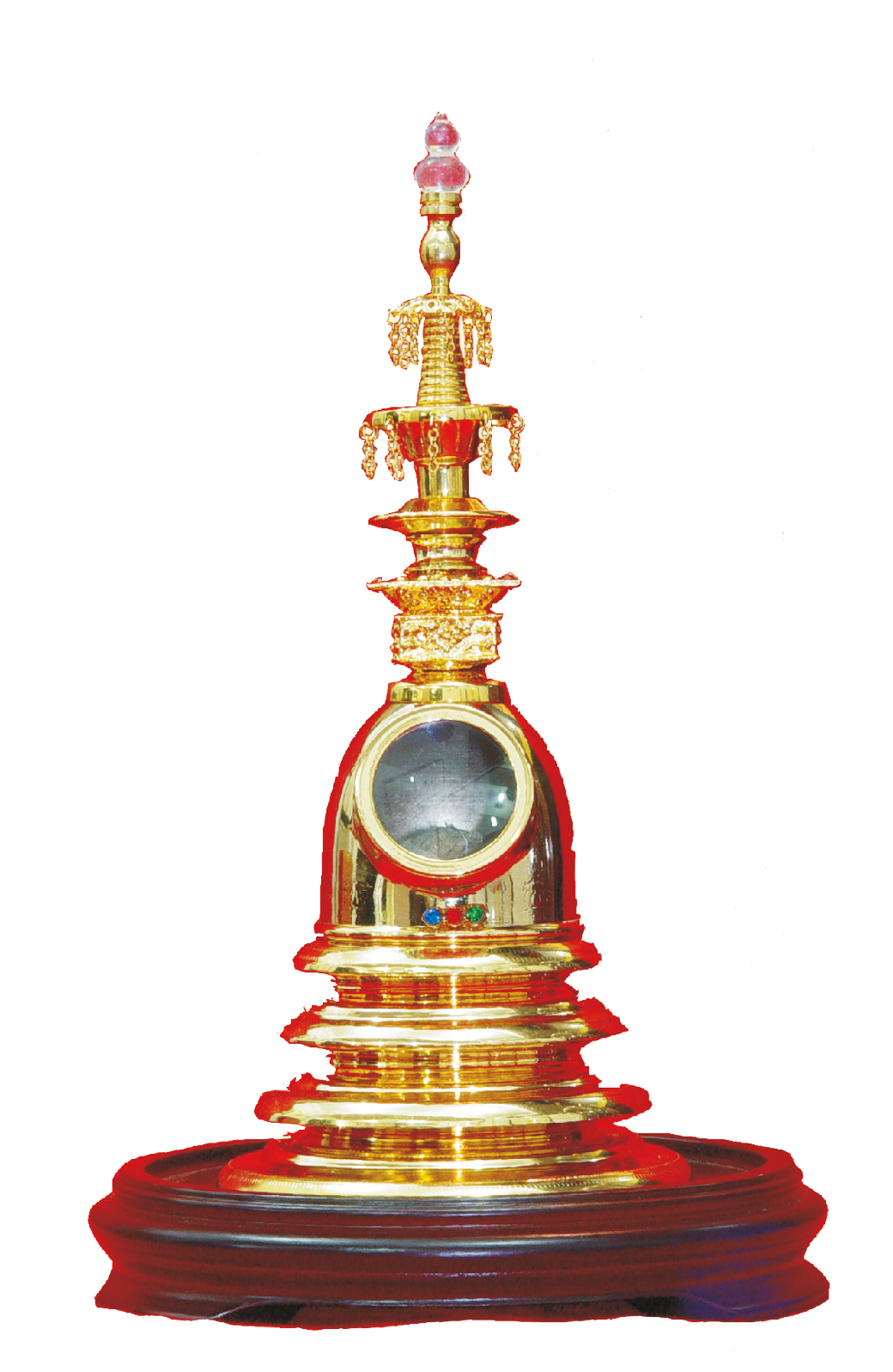
Xuanzang’s Skull Relics: The Xuanzang’s Skull Relics were enshrined in Chengdu Wenshu Monastery in 1965. During the Cultural Revolution, Master Kuanlin, the previous abbot of Wenshu Monastery, wrapped the relics around his waist all day to protect it. He endured all the persecution, that’s how the relics are kept intact.